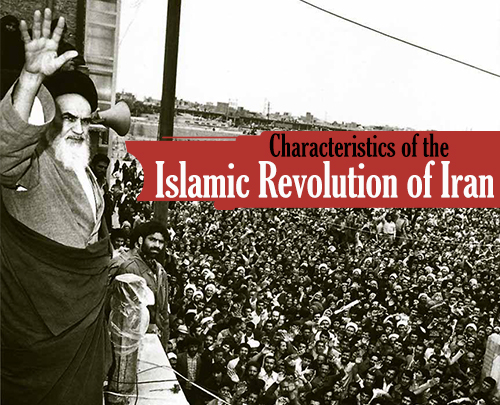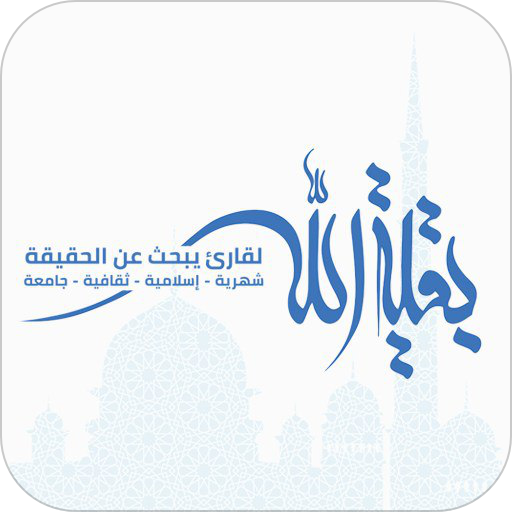The Leader of the Islamic Revolution sets up a Council of Revolution
and informs the nation of its members. The Shah, on the pretext of feeling ill
and needing a rest, flees the country on January 16, 1979 (Day 26, 1357 AHS).
The news of the Shah’s departure filled the nation with joy and
strengthened their resolve to continue the fight until the regime was destroyed.
Imam’s decision to return to the country created a wave of happiness and
optimism that swept through the nation forcing the enemies of the revolution to
react precipitously. After consultation with the American government, and with
their co-operation, the regime closed the airports in the country to all foreign
flights. As news of the closures reached the people, huge crowds from all parts
of the country converged on Tehran and took part in the million-strong
demonstrations staged by the people of Tehran to demand their reopening.
The regime gives in to the demands of the nation and opens Mehrabad airport in
Tehran. Consequently, on February 12, 1979 (Bahman 12, 1357 AHS), after fourteen
years in exile, Imam Returns to his homeland.
The unprecedented welcome given Imam by the people of Iran was so huge and
unequivocal that Western news agencies had no alternative but to recognize it
for what it was; they put the figure of those attending at four to six million.
Despite the fact that the Shah’s government was still in place, the Leader of
the Revolution announced the formation of a provisional government and on
February 5, 1979 (Bahman 16, 1357 AHS) with the appointment of a prime minister,
he enjoined it to prepare the preliminaries for a referendum and the holding of
elections.
On February 8 (Bahman 19), air force personnel went to the `Alavi School in
Tehran, where Imam was staying, to pledge their allegiance to him. The following
day (February 9 / Bahman 20), soldiers from the Imperial Guard were dispatched
to one of the most important air force bases in Tehran to quash a revolt by air
force technicians (homafars) there. The people entered the arena to support the
revolutionary forces and on February 10 (Bahman 21) police stations and
government centers fell into the hands of the people one after the other.
Tehran’s Military Command issues a proclamation extending curfew hours from 4
o’clock in the afternoon so that the Shah’s government, with the help of the
American military advisers stationed in Tehran, can implement the prearranged
plan for a coup detat. In a message, Imam Khomeini calls on the people of Tehran
to take to the streets to prevent the impending plot from being carried out and
to nullify martial law.
As a consequence, children, men and women, young and old alike, flood into the
streets and set to building barricades. As soon as the first tanks and armored
personnel carriers of the coup detat group leave their bases, they are
immobilized by the people and the coup detat is faced with defeat at its very
inception.
In this way, the final resistance of the Shah’s regime is broken and the sun of
victory shines on the Islamic Revolution with the dawn of February 11, 1979 (Bahman
22, 1357 AHS).
* Source: coiradio.com


















